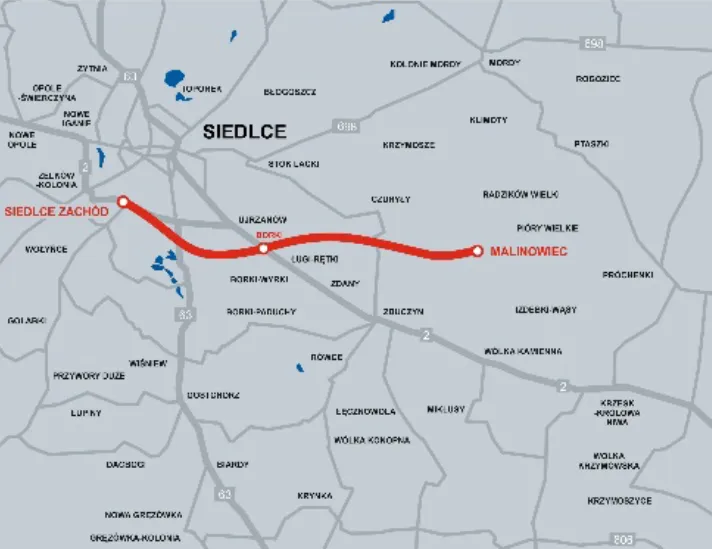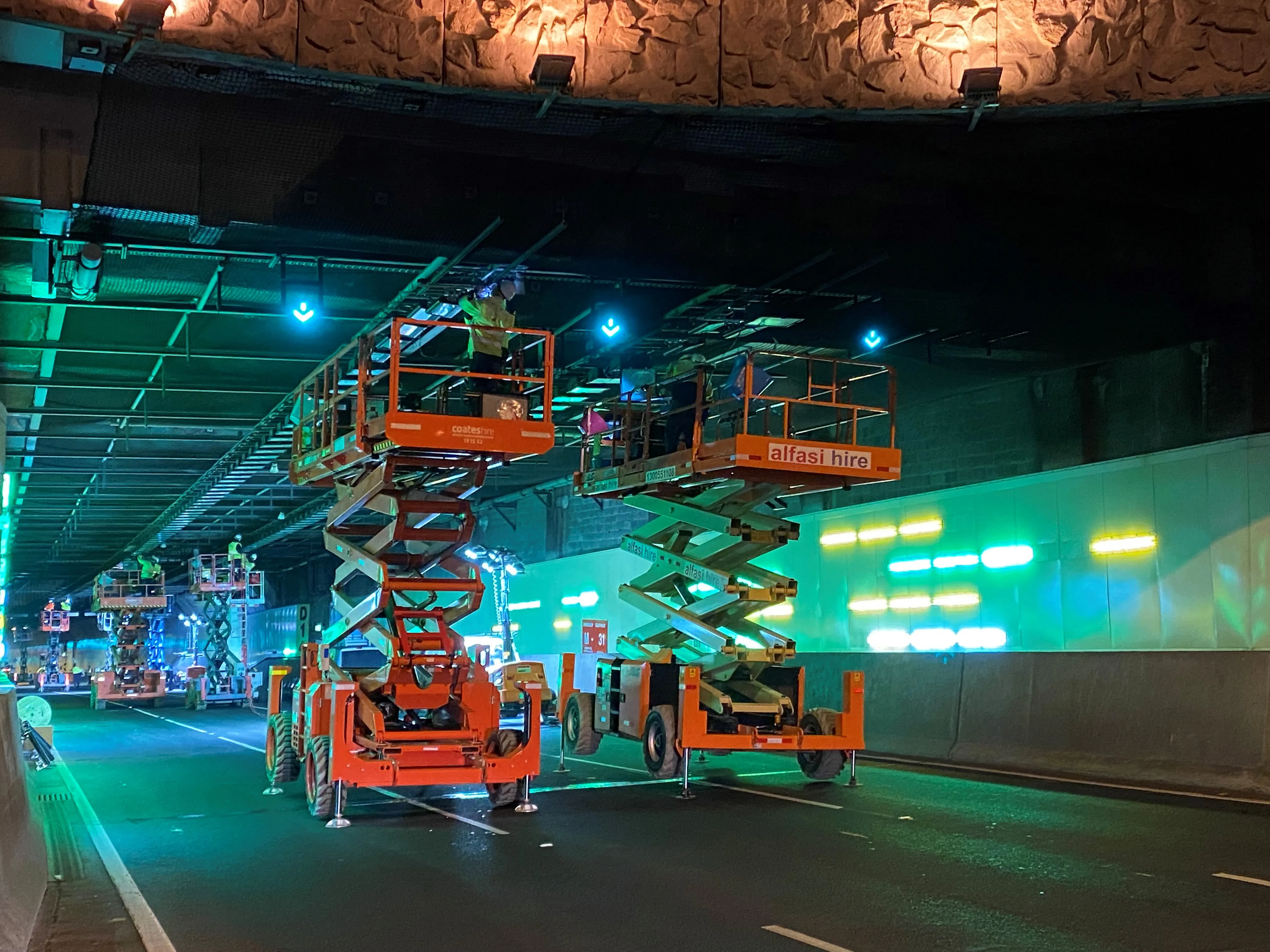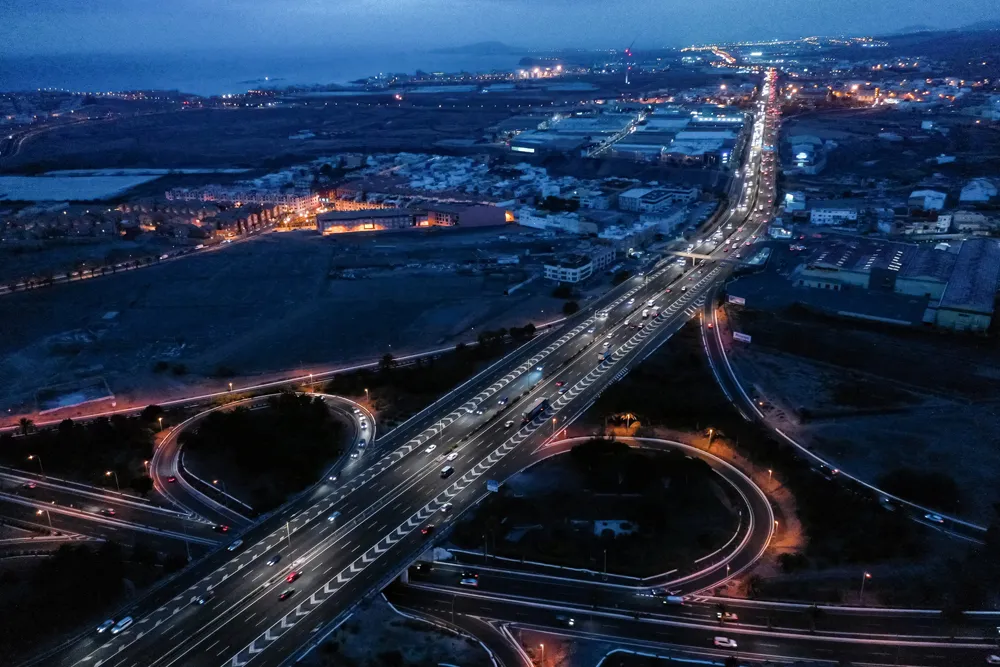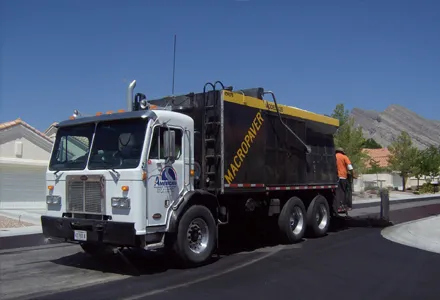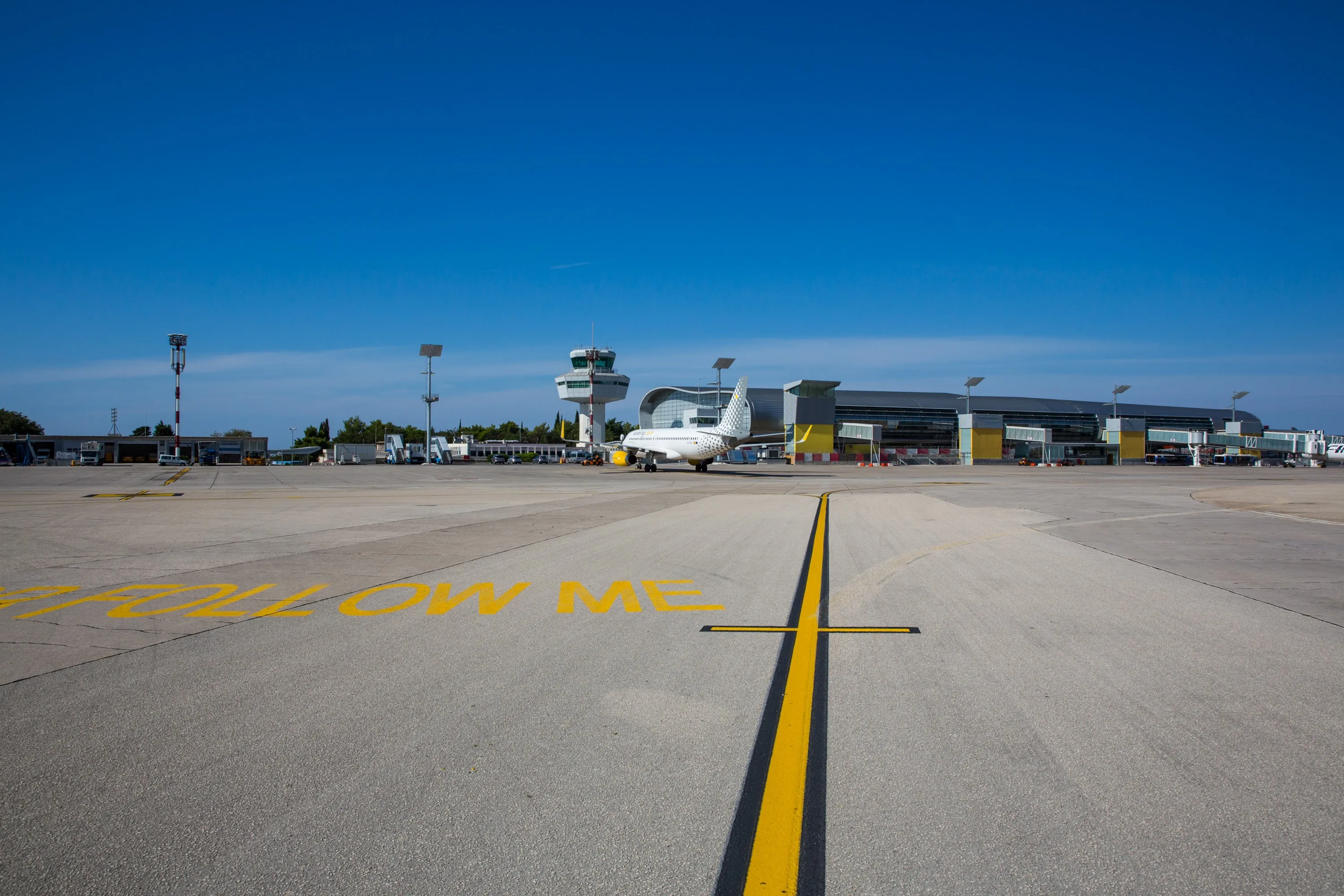
European-based construction group
Works, including upgrading of runway lighting system should be completed by the autumn of 2019. The works also include the construction of a rescue and fire station, a hangar and several service and administration buildings.
The contract is being carried out by a joint venture in which Strabag holds a 53.92 % share.
Dubrovnik Airport plays a crucial role in providing access to the old historic city, Thomas Birtel, chief executive of Strabag. The project involves the excavation of more than 1.5 million m³ of material and will require 247,000 tonnes of asphalt and 58,000m³ of concrete.


